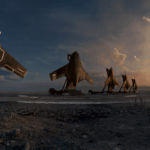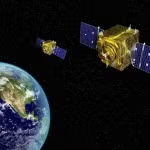
The National Geospatial-Intelligence Agency (NGA) wants companies' help in improving NGA's collection orchestration. Collection orchestration is the execution of imagery priorities among competing demands from the National Command Authority, combatant commands, the intelligence community, military services, and commercial companies to deliver “the right image, at the right place, at the right time," in NGA parlance. "Collection orchestration has become more and more complex," NGA Deputy Director Tonya Wilkerson told a virtual industry strategy summit hosted by NGA on Nov. 15.…














